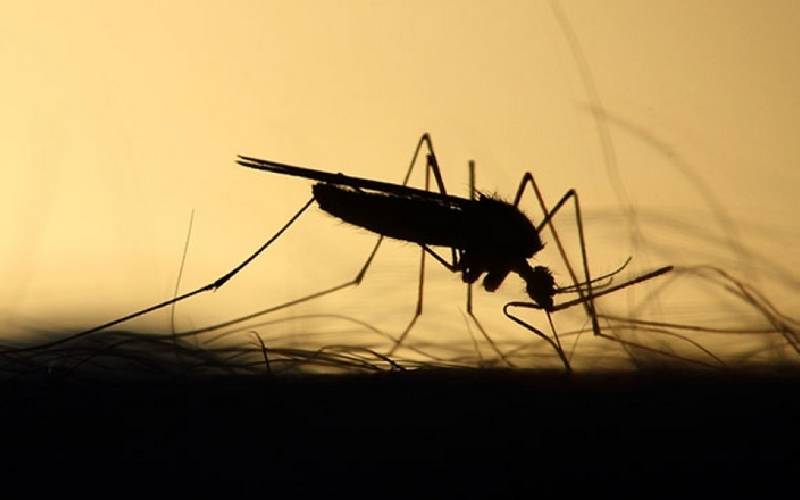×
The Standard e-Paper
Smart Minds Choose Us

Kenya bought more than eight million mosquito nets worth Sh2 billion that were not treated with the correct amount of insecticide thus putting users at risk of contracting malaria.
The long-lasting insecticidal nets (LLINs) are treated with deltamethrin, a pyrethroid insecticide, to repel or kill mosquitoes. The nets are crucial in the country’s fight against malaria, which is life-threatening to pregnant women and children aged below one year.